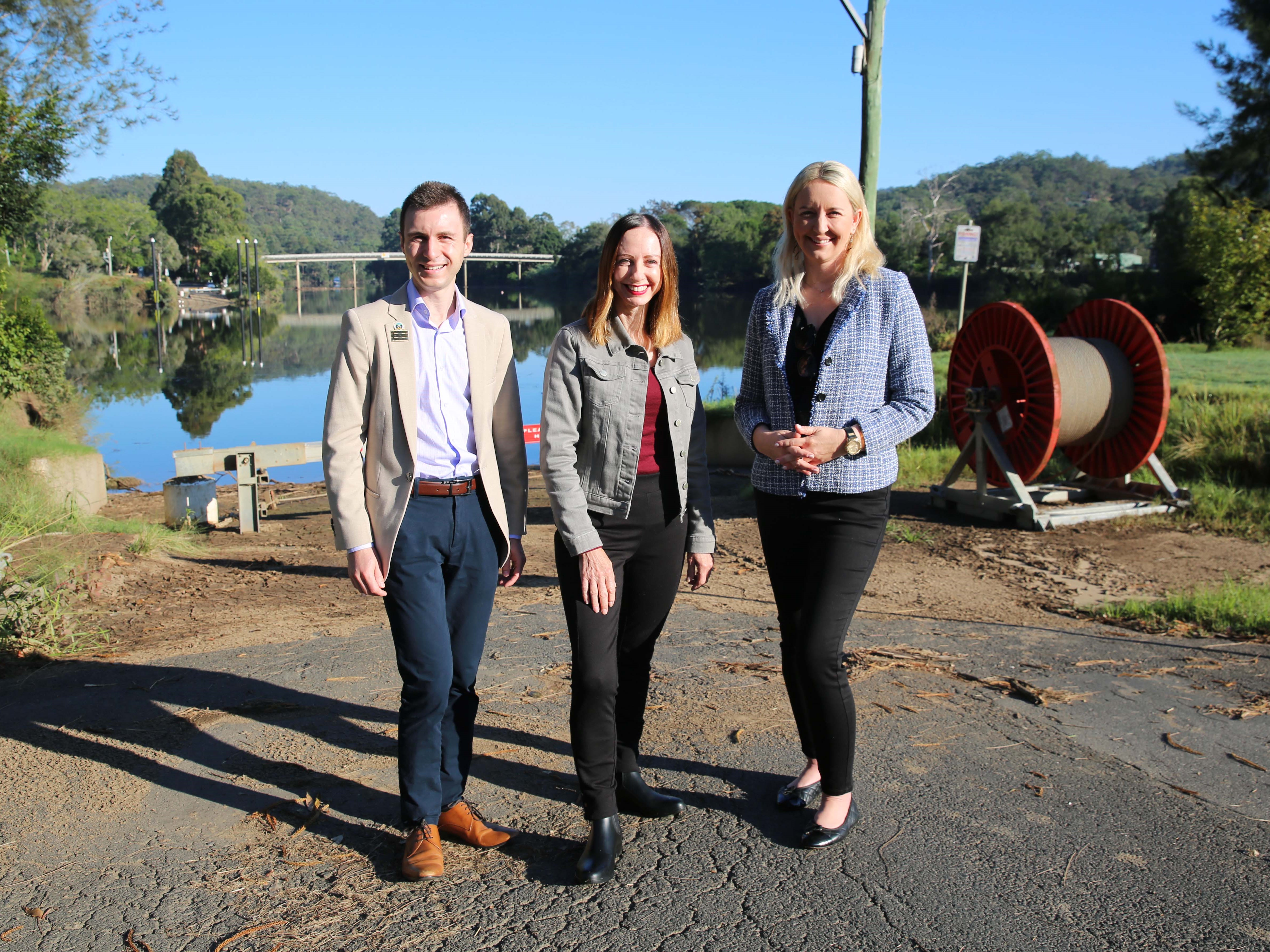Australia will not be able to achieve net-zero greenhouse gas emissions within a safe time frame unless AGL, Australia’s largest energy company, brings forward closure of its polluting coal assets, according to a new report released today by Greenpeace Australia Pacific.
The report, Coal-faced: exposing AGL as Australia’s biggest climate polluter, shows the pivotal role that AGL plays in fuelling climate change in Australia, as the owner of the country’s most polluting coal burning power stations, as well as the environmental and economic benefits of AGL shifting to renewable energy.
Greenpeace Australia Pacific Head of Research and Investigations Dr Nikola Casule called for a refocus on the role energy companies like AGL must play in leading the way to net-zero emissions.
“AGL is Australia’s biggest energy company, and as this new report shows, they’re also our biggest liability in tackling the climate crisis,” he said.
“The latest science shows that we must get to net-zero emissions by 2035 to avoid climate disaster – but unless AGL closes its coal fleet by 2030 at the latest we won’t make it to net-zero emissions in time.
“As our new report shows, AGL produces more than twice the emissions of the next biggest polluter, Energy Australia, and more than BHP, Rio Tinto, Glencore and Qantas combined.
“In order to reach net-zero emissions, we must rapidly decarbonise our entire economy, and the electricity sector is the necessary first step. Energy providers like AGL must close their polluting coal fleets and rapidly shift to renewable energy, so high-emitting sectors like transport can effectively decarbonise, electrified and powered by a renewable grid. AGL is the foundation stone to tackling the climate crisis.”
Report key findings
- AGL is Australia’s biggest contributor to the climate crisis, responsible for 42 million tonnes of greenhouse gas pollution a year, equivalent to over 9 million cars.
- If AGL runs its dirty coal-burning power stations to their current closure dates, the company will emit a further 746 million tonnes of carbon emissions – a similar amount of emissions that roughly 162 million cars would cause in a year.
- AGL is a coal company masquerading as a renewable energy company – despite the company’s ‘sustainable’ branding, 85% of AGL’s energy is generated from coal, with renewable energy making up just 10% of energy generated, and the remaining 5% coming from gas – a polluting fossil fuel.
- Rather than investing in initiatives to reduce emissions, AGL spends most of its money on maintaining its ageing, unreliable coal assets, spending $2.7bn largely on coal-asset maintenance over 2014-20, with just $1.8 billion on new business and energy initiatives over the same period.
- AGL is Australia’s worst offender for air and water pollution, and has received three quarters of all fines for environmental license breaches issued to energy generators.
AGL has come under increasing pressure to close its coal-burning power stations, which has played out in recent internal turbulence at the company. Over the past few months AGL has proposed a demerger, which would see the company’s polluting coal assets shunted to a separate business, and weathered the sudden, “bizarre” departure of CEO Brett Redman.
AGL faces an escalation in pressure around its coal assets, and has been targeted by Greenpeace for a major campaign aimed at customers, staff, investors and other financial institutions, calling on the company to close its coal assets by 2030 at the latest.







